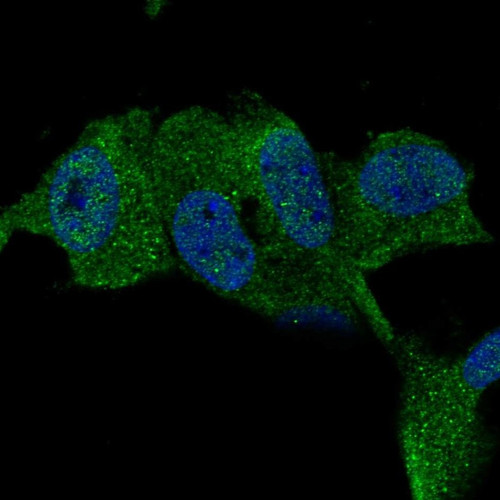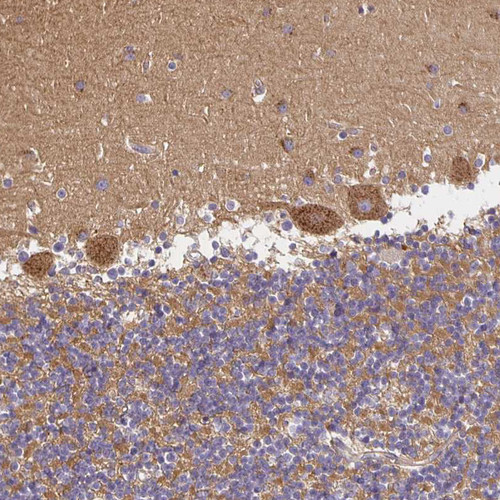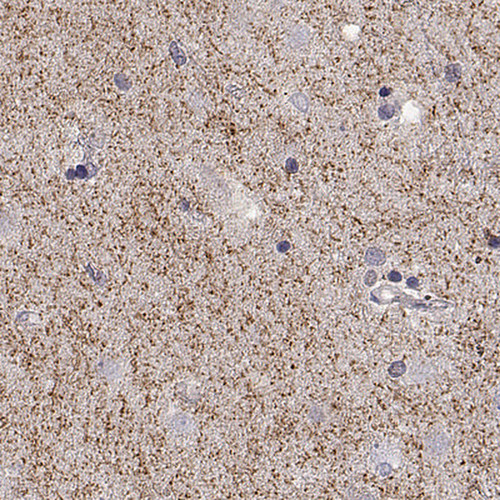Alzheimer’s Disease (AD) is the most common form of dementia, marked by a relentless and progressive decline in memory, cognition, and functional independence. Characterized by profound synaptic loss, neuronal degeneration, and cortical and hippocampal atrophy, AD pathology begins years, often decades, before clinical symptoms appear.
The two pathological hallmarks of the disease are extracellular amyloid-beta (Aβ) plaques and intracellular neurofibrillary tangles (NFTs) composed of hyperphosphorylated Tau protein. Aβ peptides, particularly Aβ42, are generated by sequential cleavage of amyloid precursor protein (APP) via β- and γ-secretase pathways and are prone to aggregation, especially into toxic oligomeric forms that disrupt synaptic function. Tau pathology, by contrast, is more closely associated with neuronal death and cognitive decline. Though most cases are late-onset and sporadic, age is the greatest risk factor, with genetic components, most notably the APOEε4 allele and rare mutations in APP, PSEN1, and PSEN2, playing critical roles in susceptibility and disease course.
In addition to amyloid and Tau pathology, AD involves neuroinflammation, mitochondrial dysfunction, oxidative stress, impaired proteostasis, and vascular contributions, making it a multifactorial disorder. Emerging evidence suggests that soluble Aβ oligomers may trigger a cascade that promotes Tau hyperphosphorylation and mislocalization, leading to synaptic dysfunction and neuronal loss. Despite numerous failed clinical trials targeting amyloid deposition, recent therapeutic advances such as anti-Aβ monoclonal antibodies have revived hope for disease-modifying strategies. Nonetheless, effective therapies that halt or reverse disease progression remain elusive, underscoring the urgent need to better understand the complex interplay of molecular, genetic, and environmental factors that underlie AD pathogenesis.
Browse our complete offering of antibodies, proteins, and assay kits for studying Alzheimer’s Disease below.































